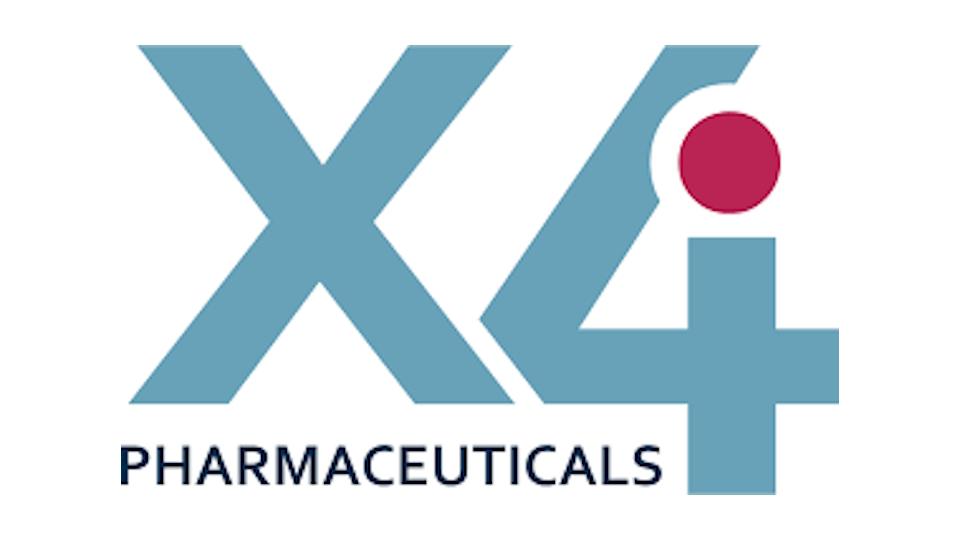X4 Pharma gets first FDA okay for WHIM syndrome drug

Patients in the US with the ultra-rare disease WHIM syndrome now have their first approved treatment, after X4 Pharma’s Xolremdi was given a green light by the FDA.
Oral CXCR4 antagonist Xolremdi (mavorixafor) can be used in patients aged 12 and over with WHIM (warts, hypogammaglobulinemia, infections, and myelokathexis) syndrome, a congenital immunodeficiency characterised by low neutrophil counts that affects fewer than 1,000 people in the US.
It is caused by a mutation in the gene for CXCR4, a chemokine receptor involved in immune functioning and, as its name suggests, leads to warts, recurrent infections, and bone marrow problems, as well as some forms of cancer.
In the phase 3 4WHIM study, which enrolled 31 adolescents and adults with the disease, a 200 mg once-daily dose of Xolremdi raised the time above the threshold for absolute neutrophil count (TAT-ANC) of 500 cells per ml – the trial’s primary endpoint.
The drug – which works by mobilising white cells from the bone marrow into the blood – also hit secondary endpoints by improving the proportion of patients who achieved neutrophil counts above 1,000 cells per ml and reducing infections by nearly two-thirds.
X4 Pharma has set a wholesale acquisition cost (WAC) for Xolremdi of $496,400 per year for patients who weigh more than 50 kilograms, and $372,300 for those who are 50 kilograms or less, and said it intends to launch the new product this quarter. Filings outside the US are also planned through the remainder of 2024 and into 2025.
Sales in WHIM syndrome are not expected to be huge, as the number of patients in the US is so small, but X4 is also preparing to start a 150-subject phase 3 trial of the drug in disorders associated with chronic neutropenia – 4WARD – that is due to generate results next year.
If positive, that could raise the annual revenue potential for Xolremdi from around $50 million to $450 million, according to a Reuters report that cites Brookline Capital Markets analyst Leah Cann. Phase 2 results in chronic neutropenia should be available in the first half of this year, and X4 says it is also exploring other potential uses of the drug.
Meanwhile, the approval means X4 also gets a coveted priority review voucher from the FDA that can be used to reduce the standard review time to six months and can be worth as much as $100 million if sold to another drug developer - although, recently they have changed hands for considerably less.
“Until now, supportive care for people with WHIM syndrome has focused on symptom management and not the underlying cause of disease – the dysfunction of the CXCR4 pathway,” said Teresa Tarrant of Duke University School of Medicine, who was the lead investigator for 4WHIM.
“I am thrilled that with the approval of Xolremdi, a therapy designed to address dysregulated CXCR4 pathway signalling[. W]e now have a targeted treatment that has demonstrated the ability to elevate absolute neutrophil and lymphocyte counts, increasing WHIM patients’ ability to fight infections,” she added.
At the moment, WHIM syndrome patients are treated off-label with injectable G-CSF or GM-CSF drugs like filgrastim or sargramostim to combat neutropenia, or receive immunoglobulin replacement therapy delivered by injection or infusion, and tend to need regular antibiotics to reduce the frequency of chronic bacterial infections.












